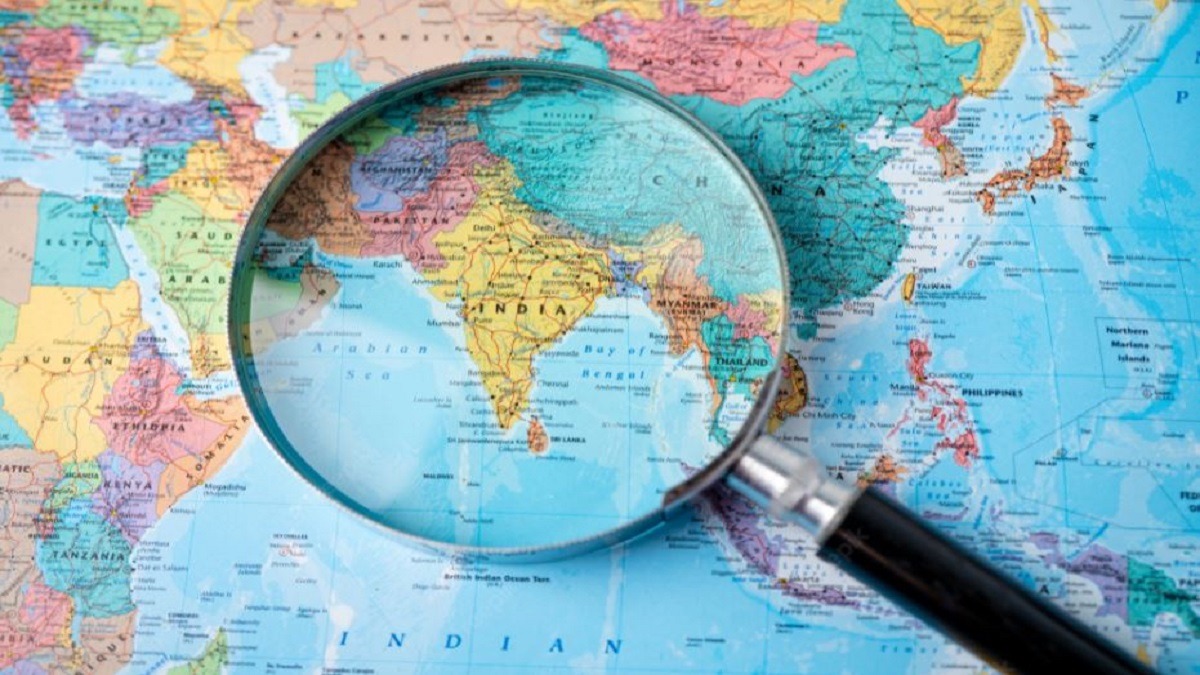As India celebrates its 78th Independence Day on August 15, the tricolour flies high across the nation. Yet, for several regions, freedom did not arrive in 1947. Hyderabad, Goa, and Sikkim each joined the Indian Union on separate dates, through distinct political and military processes. Their stories reveal that India’s independence was not a single sunrise, but a series of dawns that unfolded over decades.
Key Moments in India’s Extended Freedom Journey
- Hyderabad merged with India in September 1948 after Operation Polo
- Goa was liberated from Portuguese rule in December 1961 through Operation Vijay
- Sikkim became India’s 22nd state in May 1975 following a referendum
- Each region marks its own liberation day, distinct from August 15
- These milestones reflect India’s complex path to territorial integration
Hyderabad: The Reluctant Princely State
When India gained independence in August 1947, the Nizam of Hyderabad, one of the richest monarchs in the world, refused to accede to the Indian Union. Hyderabad remained a sovereign princely state for over a year, resisting integration despite growing internal unrest and communal tensions.
- The Nizam sought independence or alignment with Pakistan
- India launched Operation Polo in September 1948, a swift military action
- The operation lasted five days and led to Hyderabad’s formal merger
- For many residents, September 17 is observed as Hyderabad Liberation Day
Hyderabad’s integration was a decisive moment in consolidating India’s territorial unity and asserting the authority of the newly formed republic.
Goa: The Last Colonial Outpost
Goa remained under Portuguese control long after the British left India. Portugal refused to relinquish its colony, claiming Goa was an integral part of its overseas territory. Diplomatic efforts failed, and tensions escalated.
- India launched Operation Vijay in December 1961
- The military action lasted 36 hours and involved air, sea, and land forces
- Goa, along with Daman and Diu, was liberated and annexed into India
- December 19 is celebrated as Goa Liberation Day
Goa’s liberation ended 451 years of colonial rule and marked the final chapter in India’s decolonization.
Sikkim: From Monarchy to Statehood
Nestled in the Himalayas, Sikkim was a protectorate of India from 1950 but retained its status as an independent monarchy. Political unrest and calls for democratic reform grew in the 1970s, leading to a historic referendum.
- In April 1975, a referendum was held to abolish the monarchy
- Over 97 percent voted in favor of joining India
- Sikkim officially became India’s 22nd state on May 16, 1975
- May 16 is observed as Sikkim Statehood Day
Sikkim’s peaceful integration showcased India’s diplomatic finesse and respect for democratic processes.
A Nation of Many Dawns
India’s journey to full territorial integration was shaped by diverse strategies—military action, diplomacy, and democratic consensus. These stories highlight:
- The complexity of post-colonial nation-building
- The importance of regional histories in the national narrative
- The layered meaning of independence across India’s geography
While August 15 remains the symbolic birth of modern India, the liberation of Hyderabad, Goa, and Sikkim reminds us that freedom arrived in stages. Each date deserves recognition as part of the broader tapestry of India’s unity.
Conclusion: Celebrating Every Chapter of Freedom
As the nation celebrates Independence Day, it is vital to honor the unique paths taken by Hyderabad, Goa, and Sikkim. Their stories enrich the understanding of India’s formation and underscore the resilience, diversity, and unity that define the republic today.
Sources: MSN News, India Today, Wikipedia
